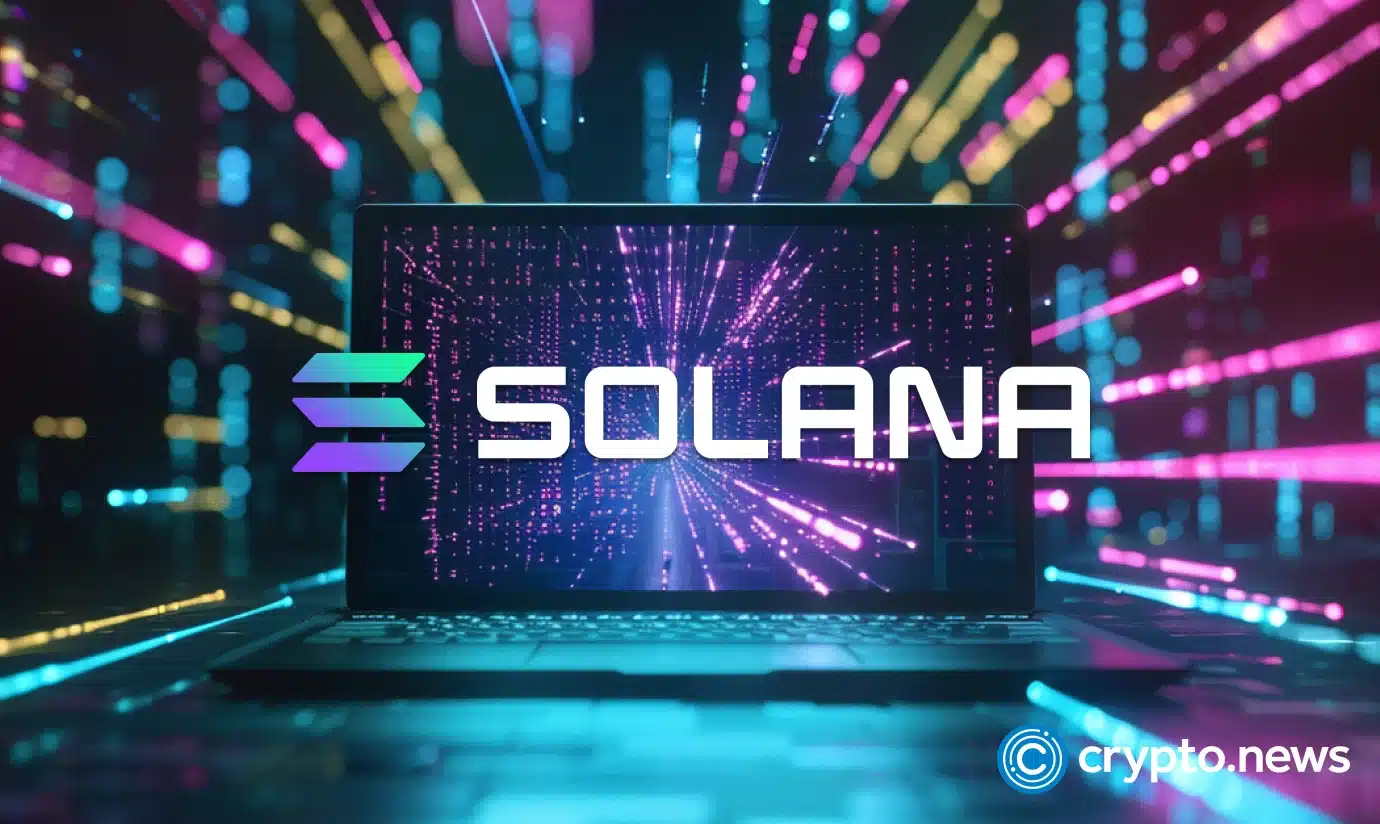Canary Pushes for Spot Solana ETF, Includes Marinade Staking in New Filing
Canary Capital Group is moving forward with its plans for a spot Solana SOL $194.4 24h volatility: 4.3% Market cap: $105.74 B Vol. 24h: $11.24 B exchange-traded fund (ETF), submitting a key update to its proposal.
An amended S-1 filing with the US Securities and Exchange Commission on Sept. 26 reveals a new name for the product, the so-called “Canary Marinade Solana ETF,” and a novel strategy to generate extra yield for investors.
According to the official SEC filing, the fund’s primary objective is to track the price of Solana, allowing investors to gain exposure through traditional brokerage accounts.
Canary Capital Group, which is also pursuing spot ETFs for HBAR HBAR $0.21 24h volatility: 3.6% Market cap: $8.84 B Vol. 24h: $269.66 M and Litecoin LTC $102.8 24h volatility: 2.1% Market cap: $7.84 B Vol. 24h: $538.72 M , is sponsoring the fund, with BitGo Trust Company serving as custodian.
A new model: integrating staking for yield
The most notable part of the updated filing is the fund’s secondary objective: to earn additional SOL by staking. This strategy of leveraging Solana’s native yield is gaining traction, with a Nasdaq-listed firm recently creating a $500 million Solana treasury for that purpose.
This means the ETF will not just hold SOL but actively use it to earn network rewards.
To achieve this, the fund will partner with Marinade Finance, named in the filing as the exclusive staking provider.
The document clarifies that the custodian, BitGo, will stake the assets using Marinade’s MNDE $0.12 24h volatility: 3.4% Market cap: $67.50 M Vol. 24h: $3.26 M protocol while maintaining full control of the private keys associated with the staked SOL.
For investors, the primary benefit of this model is the potential for enhanced returns. The strong demand for such products is already clear, with another staking ETF nearing $300M in assets under management.
This move comes as anticipation for a Solana ETF grows, especially after several proposed funds were recently added to the DTCC website.
While the staking model offers a competitive edge, the filing acknowledges new risks. The document notes that although the Solana network does not currently use “slashing” penalties, there is no guarantee they won’t be implemented in the future.
The fund must also manage liquidity risks associated with staking lock-up periods.
nextThe post Canary Pushes for Spot Solana ETF, Includes Marinade Staking in New Filing appeared first on Coinspeaker.
You May Also Like

Canary Files MOG ETF Drives Surge in Memecoin Prices

SEC Chair Sets Out Plans For Crypto Taxonomy To Define Digital Asset Classification
